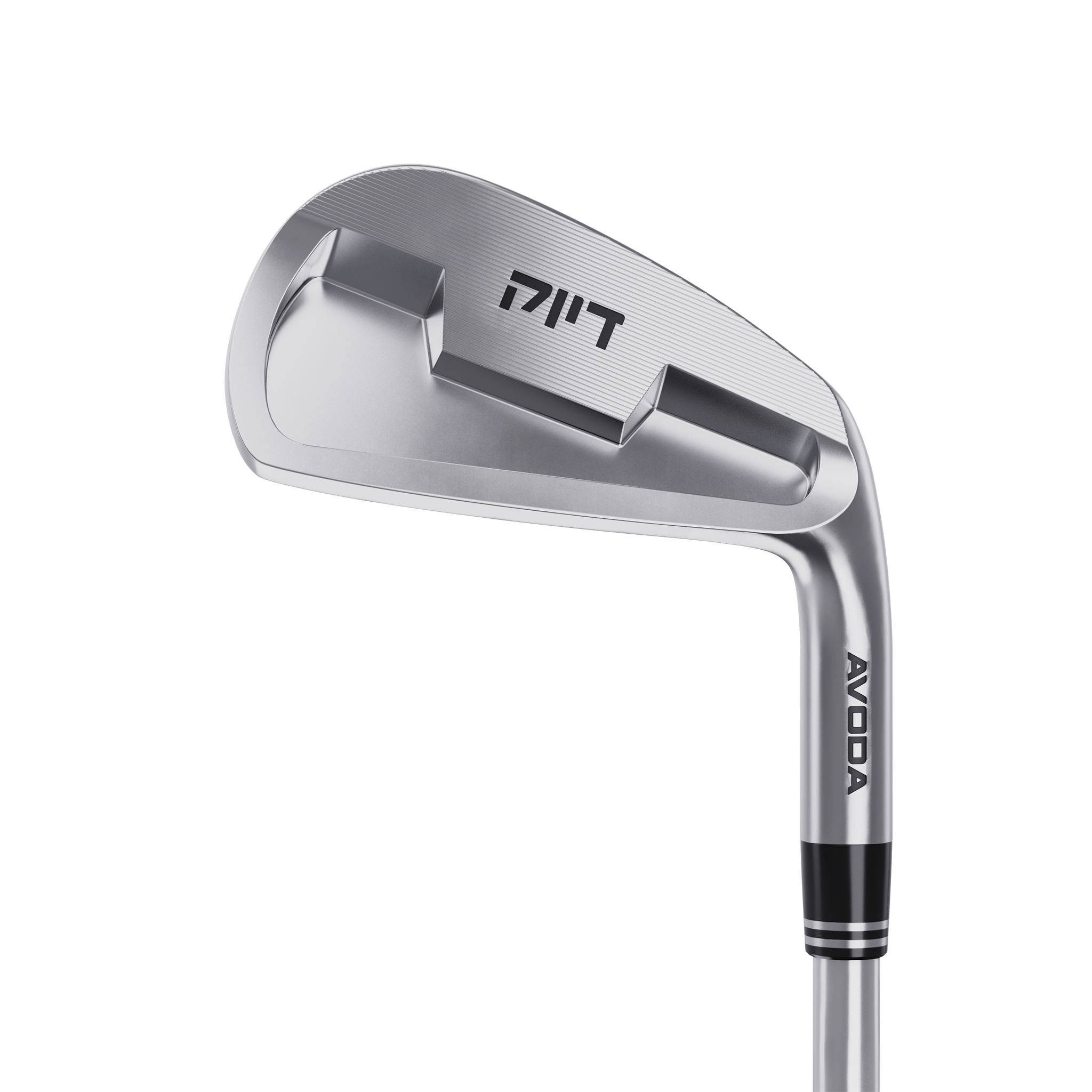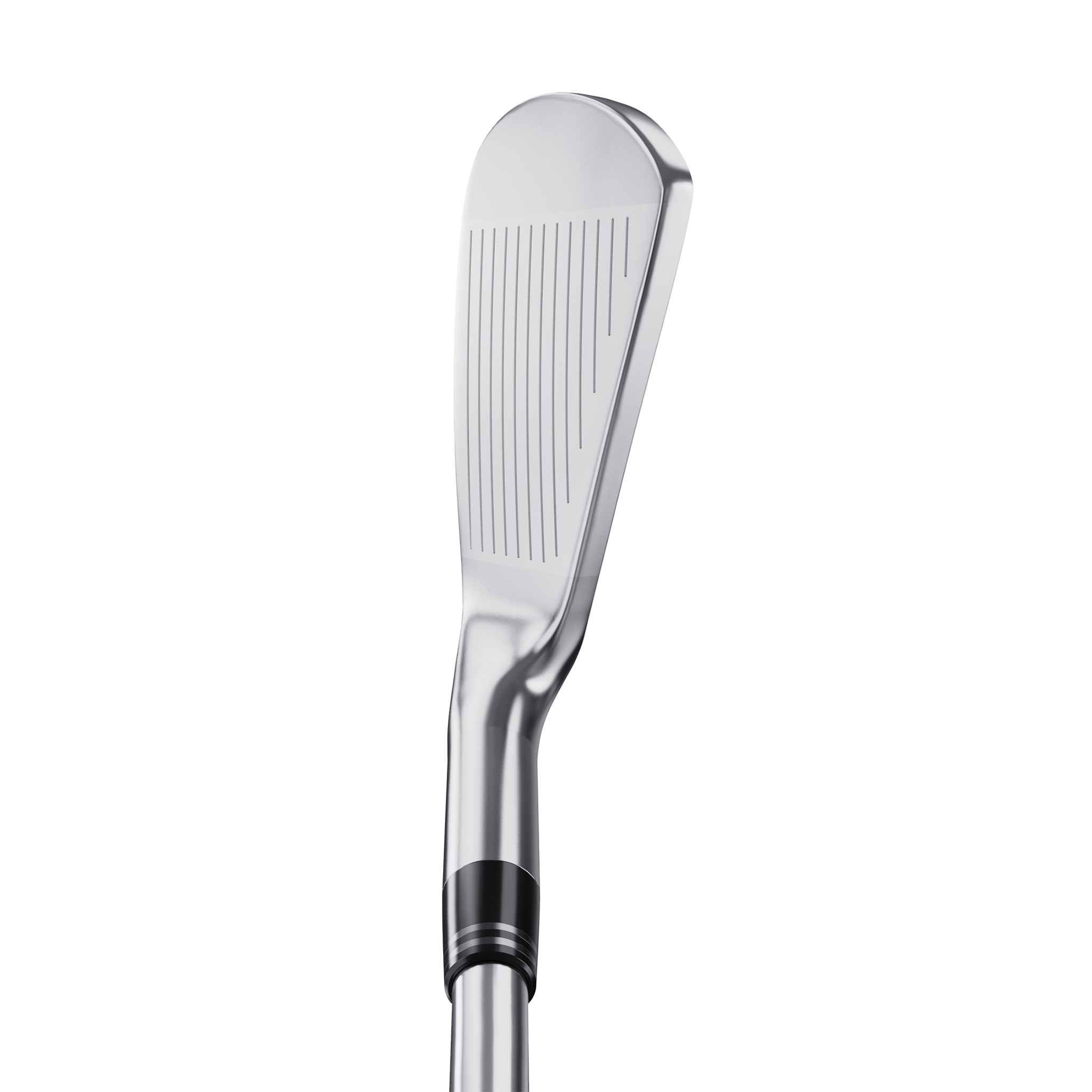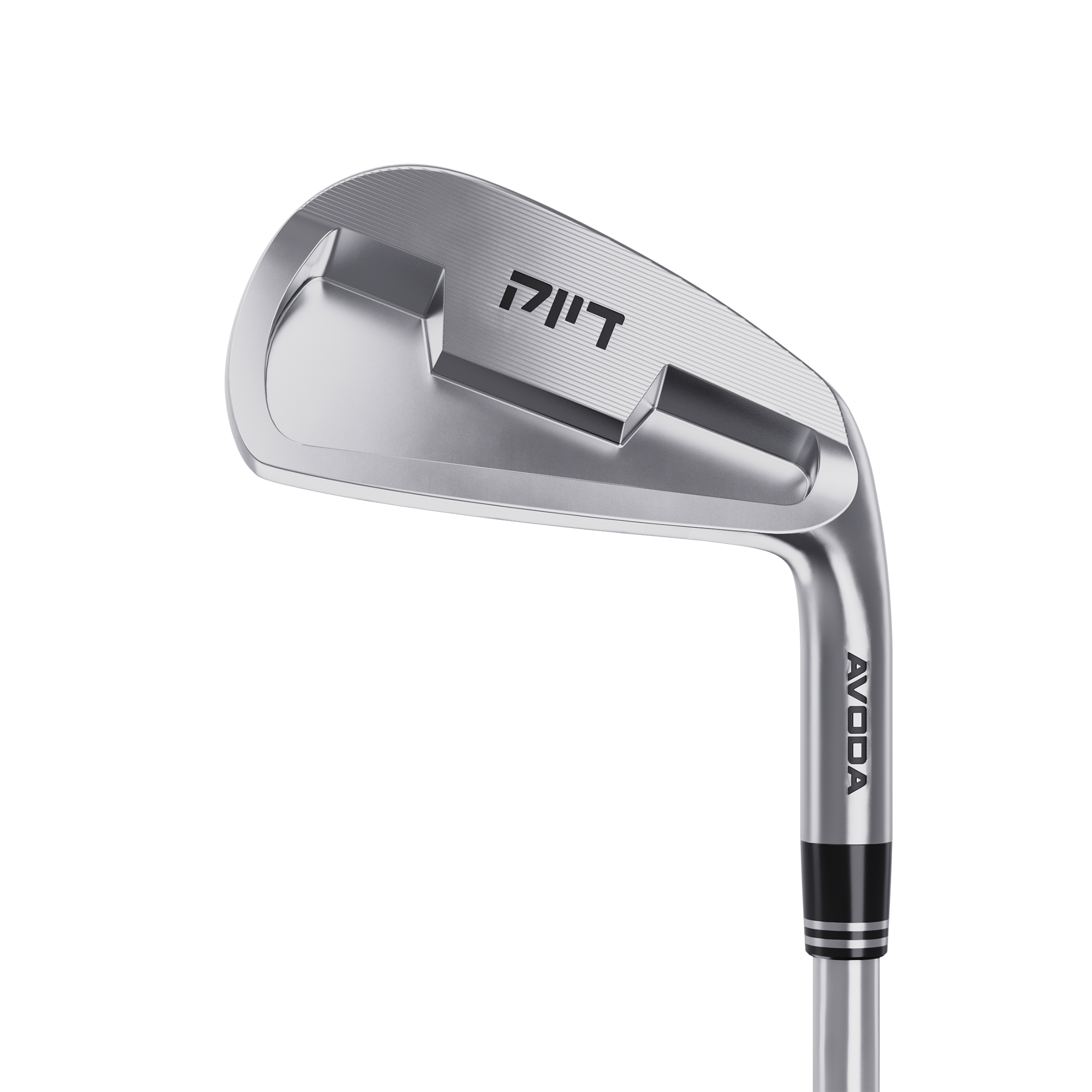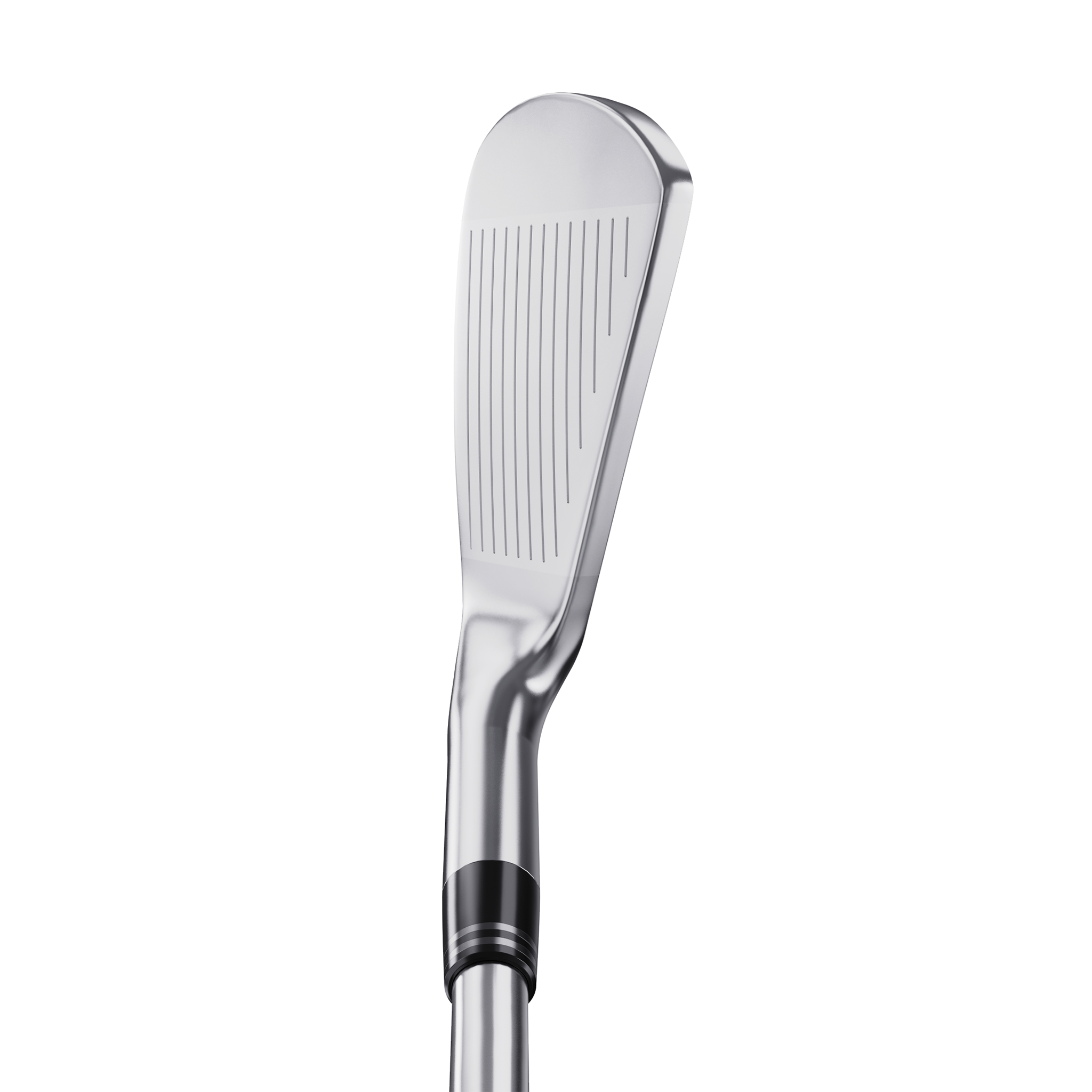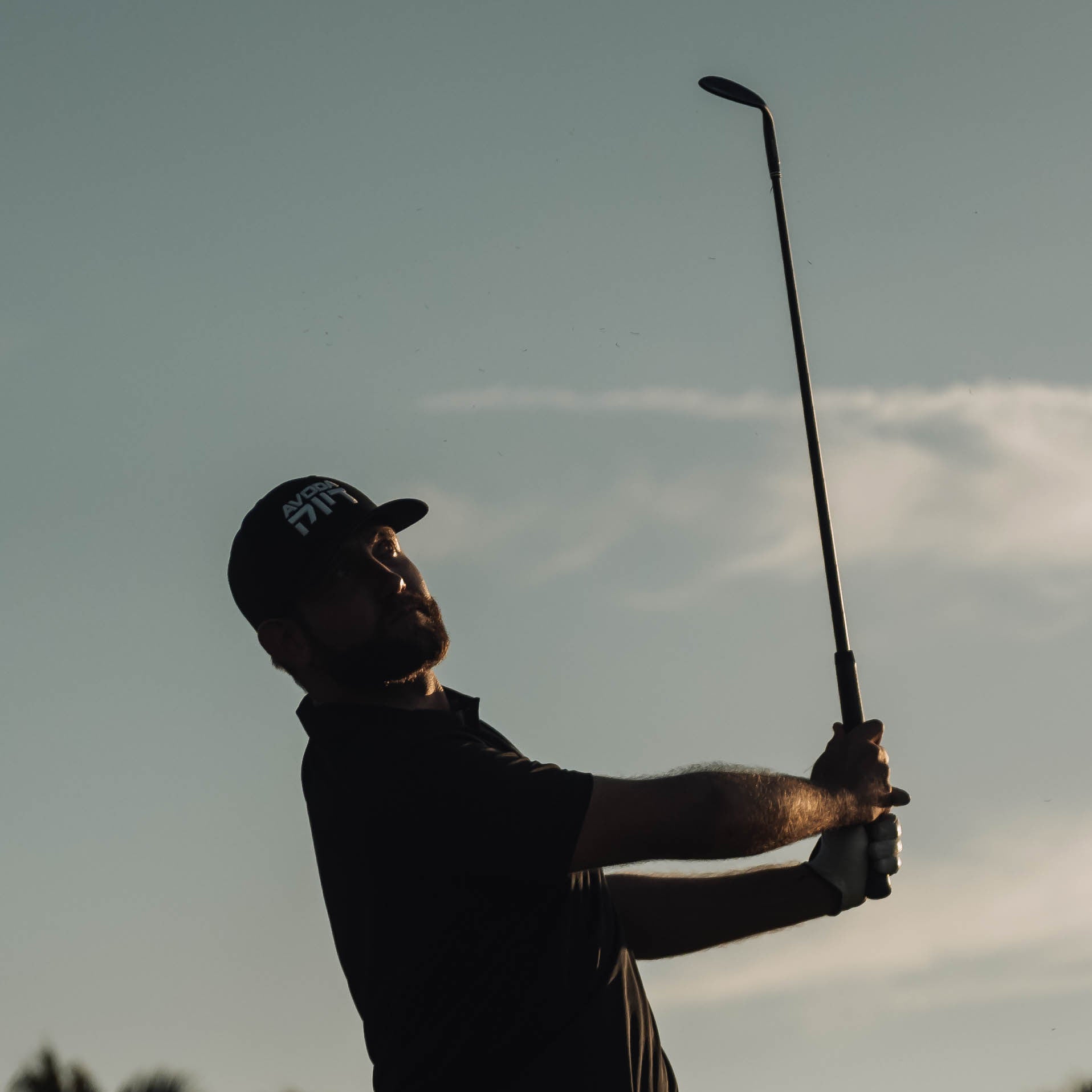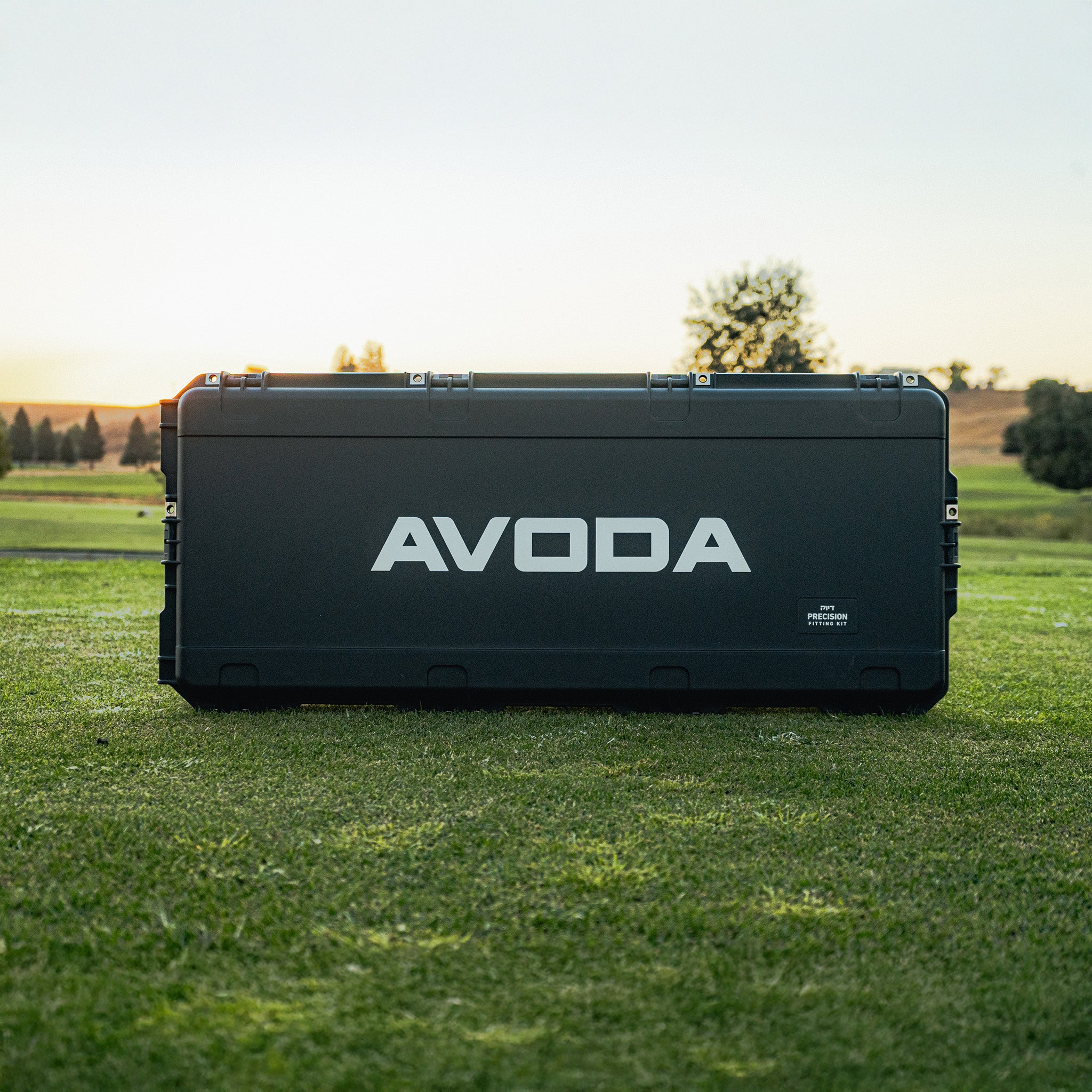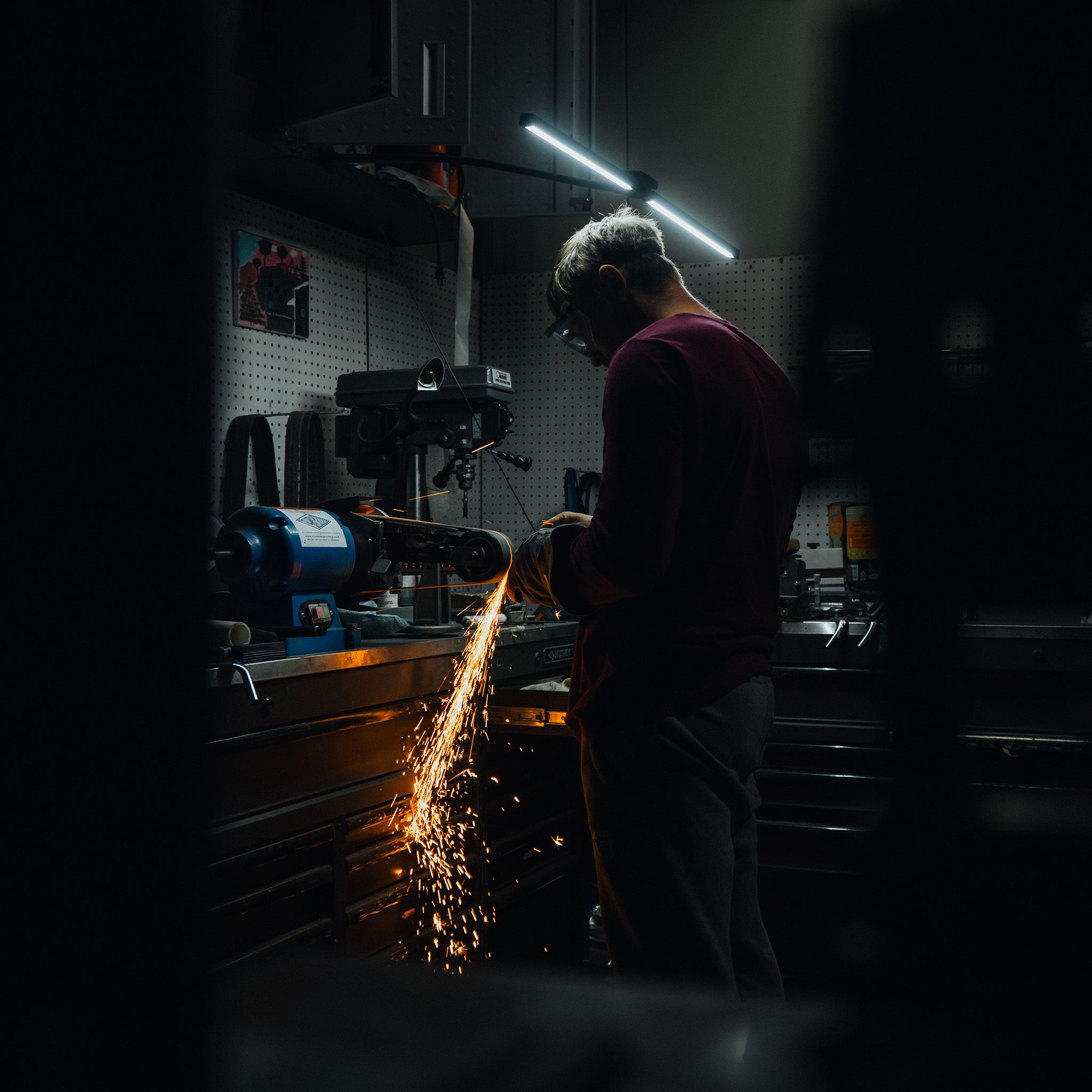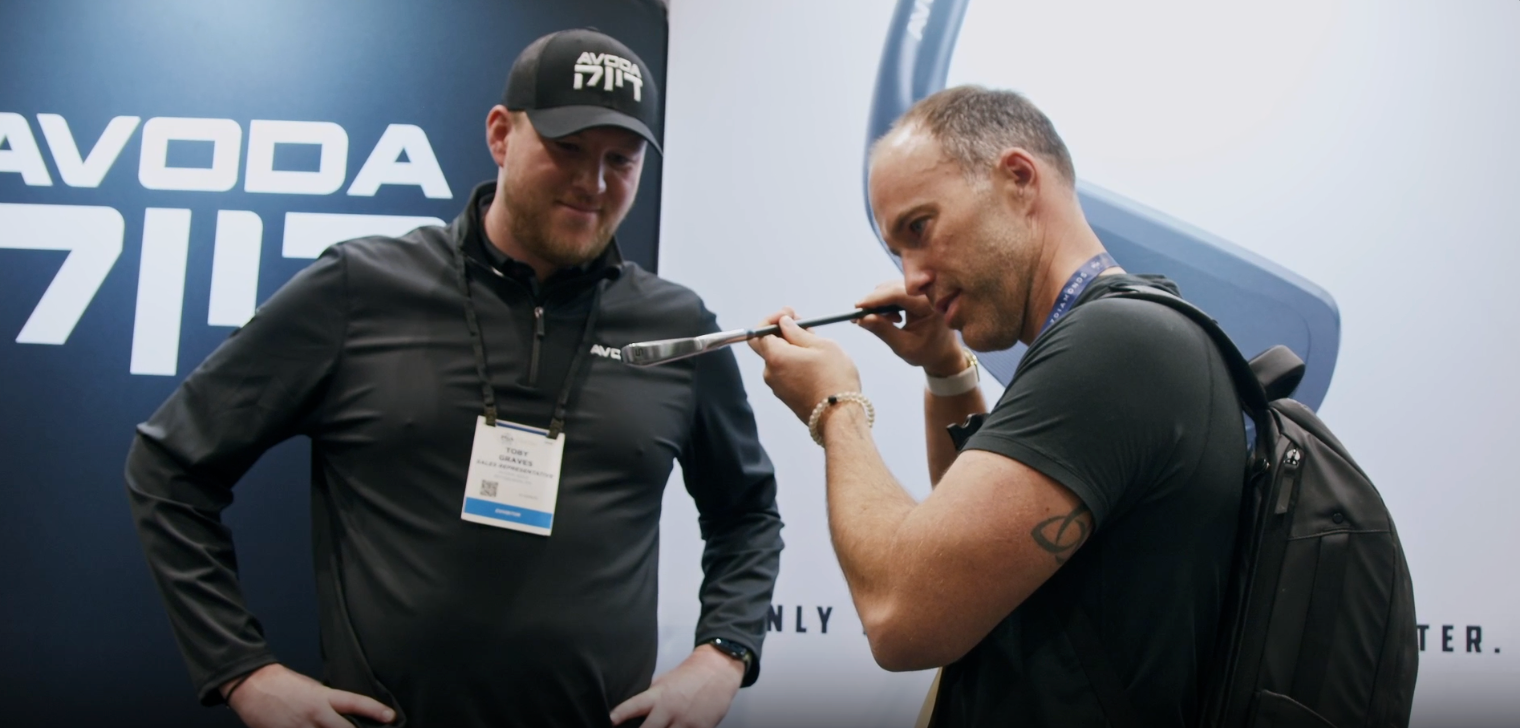
Smarter Design. Straighter Results.
Curved Face Irons
Enhance accuracy with curved face irons, engineered to counteract gear effect and reduce side spin on mishits. Our curved face technology dramaticaly improves dispersion for straighter, more controlled shots.
Precision CNC Milled
Every club is CNC-milled to achieve the exact face curvature needed for optimal dispersion control. This process takes more time and expertise - and while it adds to the cost, it's the reason our irons deliver a level of performance no mass-produced club can match.
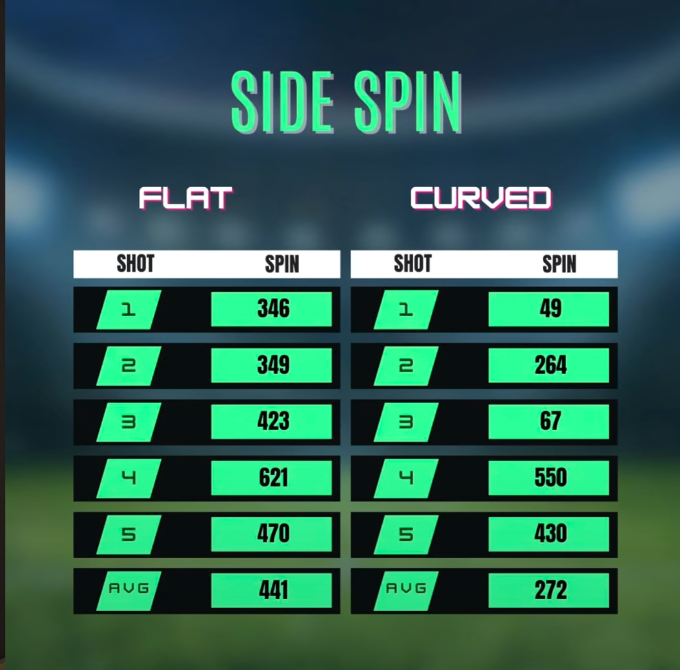
Straighter Shots From Miss Hits
Even the worlds best players miss the center by fractions of an inch. Curved face irons massively reduce the side spin by countering the gear effect created from heel and toe strikes.
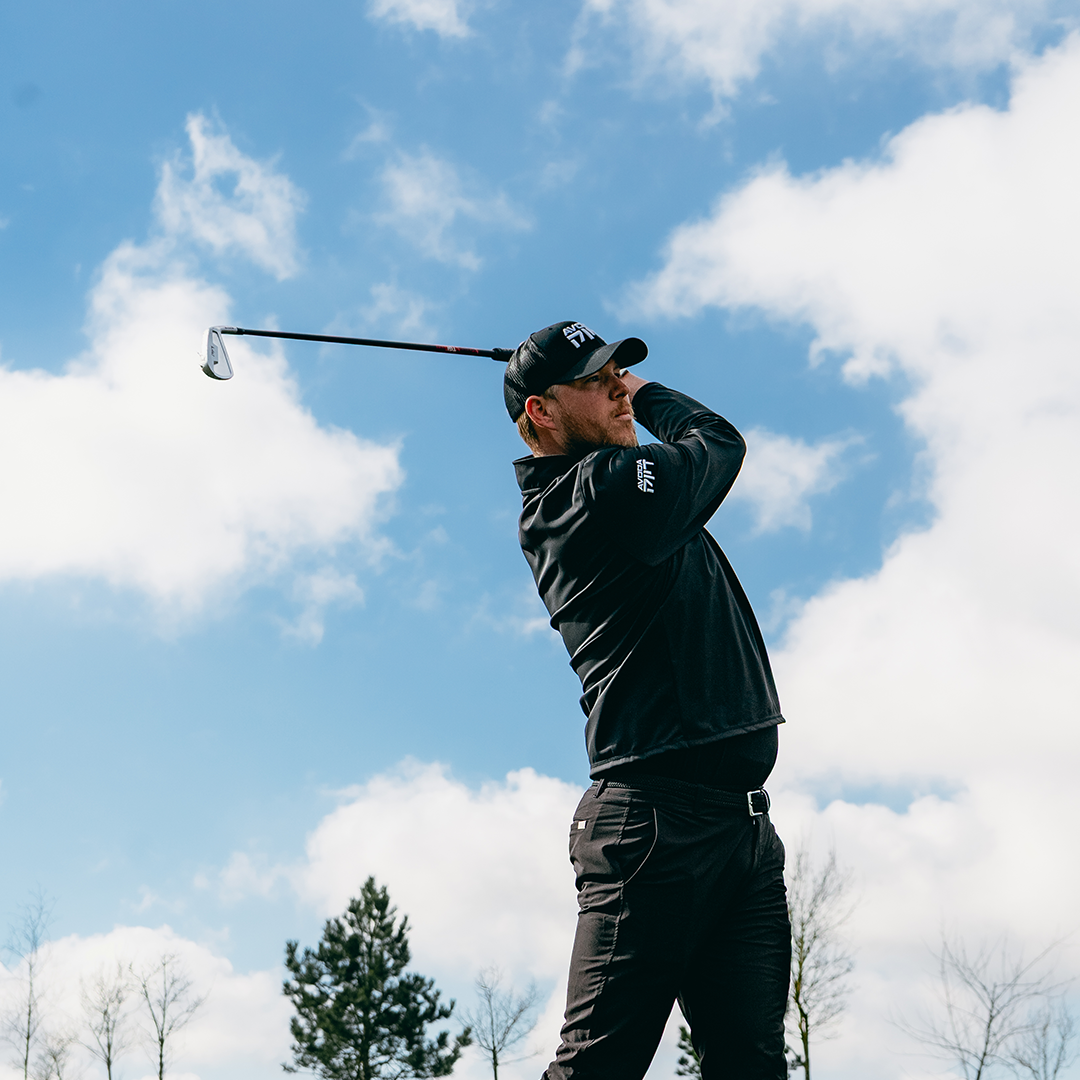
Confidence at all speeds
Put simply, the faster you swing, the straighter they go. The faster you swing, the more the clubface will twist on off-center strikes. If your 7-iron swing speed is 95 mph or above, curved-face irons are a non-negotiable. If you’re between 85 and 95 mph, you’ll see a noticeable improvement in dispersion and playability. And if you’re below 85 mph, you’ll still experience tighter dispersion—just not to the same level as faster players.
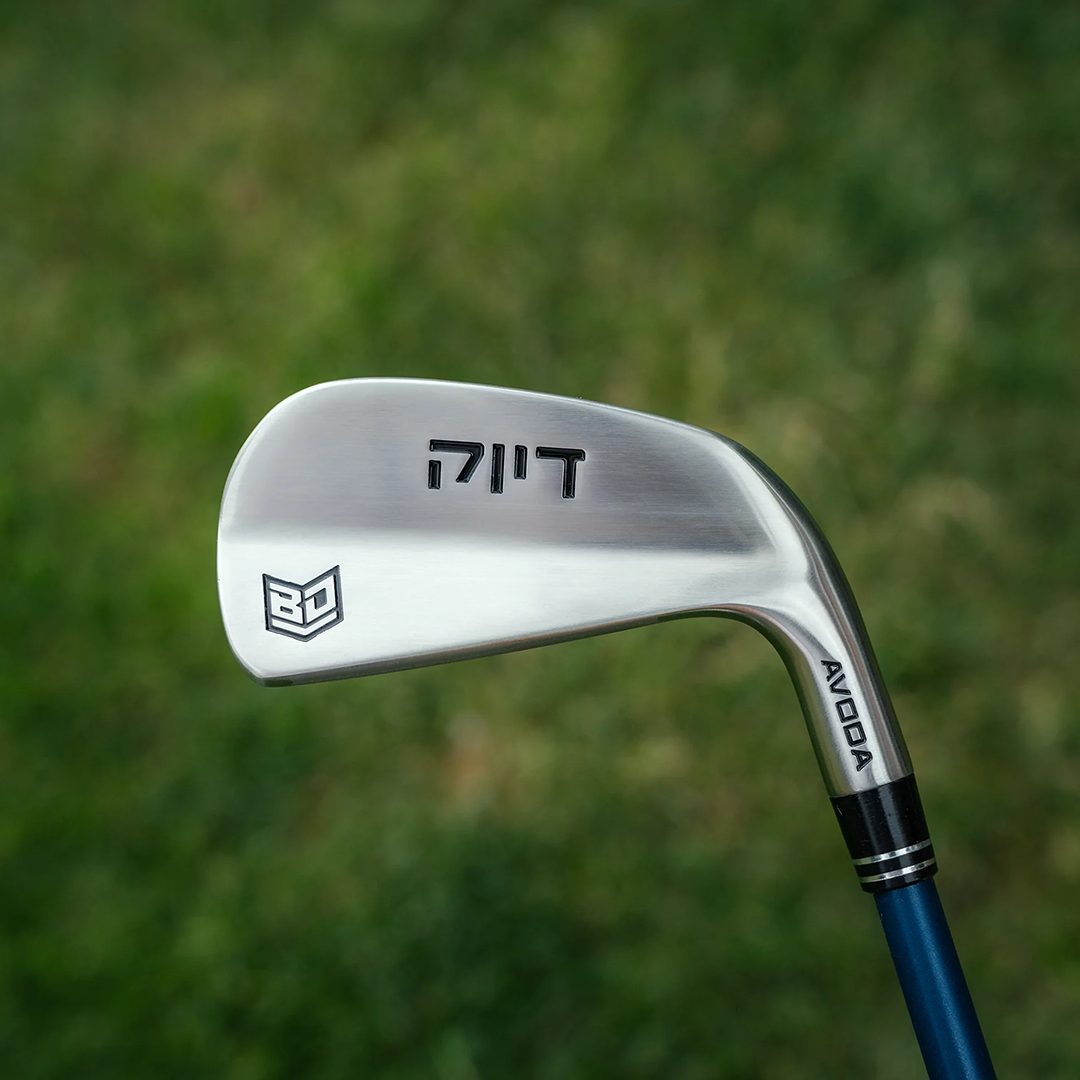
Proof at the Highest Level
Avoda’s mission was realized on golf’s biggest stage when Bryson DeChambeau won the 2024 U.S. Open using our curved-face, same-length irons. Engineered and proven in the toughest arena — before it reaches your bag.
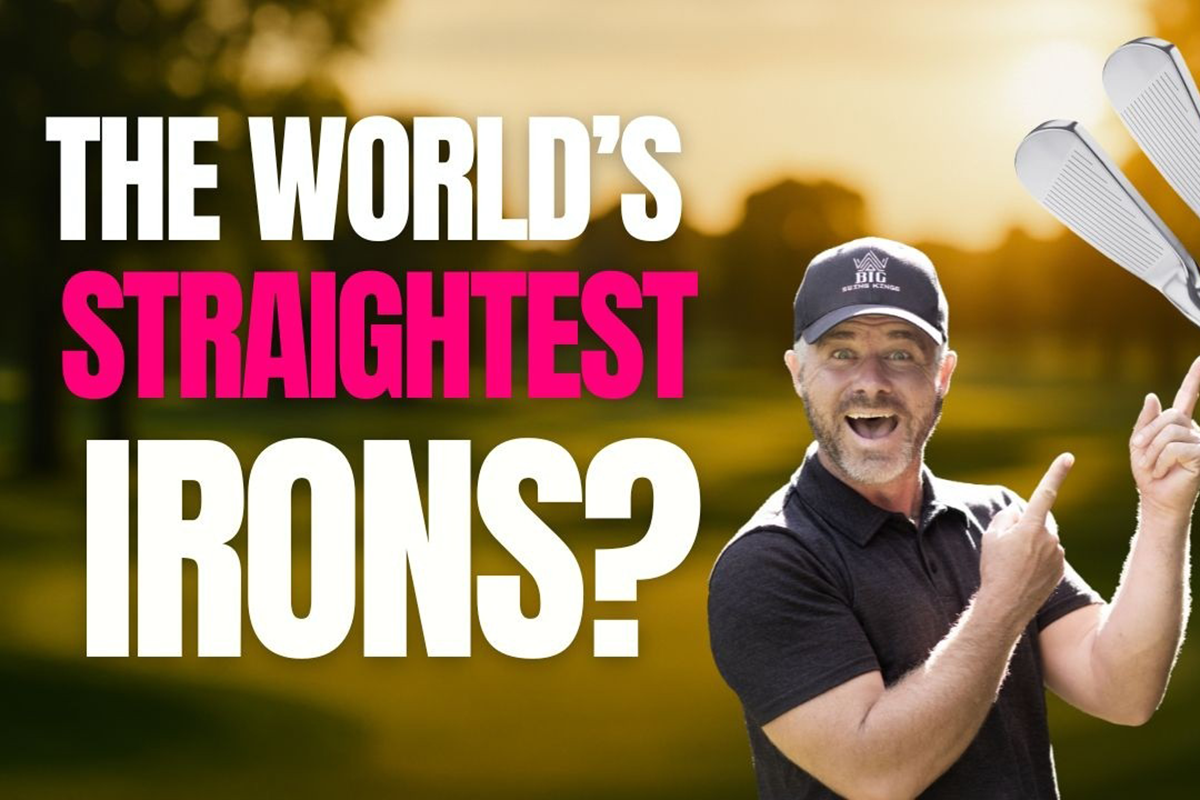
More questions? We’ve got you covered.
What is gear effect?
The gear effect happens when you hit the ball off-center and the clubhead twists at impact, like two gears spinning against each other. If you hit it on the toe, the club twists open, making the ball sidespin and miss to the left; if you hit it on the heel, the club twists closed, making the ball sidespin and miss to the right. That’s why toe shots tend to draw and heel shots tend to fade. A curved face (bulge) counters this gear effect by starting the ball in the opposite direction, keeping your shots straighter and closer to the target.
Are curved face irons legal for tournament play?
Absolutely! This is the same technology that’s been used in woods and hybrids for decades — and it’s completely conforming to the rules of golf.
Do pros actually use this, or is it just for amateurs?
This is for everyone! Our curved-face iron technology is the same innovation used by Bryson DeChambeau to win the 2024 U.S. Open Championship!
Is this just like a driver face roll/bulge?
Our curved-face irons incorporate similar principles to a driver face; however, irons only require horizontal curvature—known as bulge—across the face. In contrast, woods feature both horizontal (bulge) and vertical (roll) curvature.
Why would I choose curved face over your standard Origin irons?
Our irons are packed with more than just face curvature. Curved-face irons are built for players who are serious about tightening up their game. That said, every iron we make delivers a massive performance advantage.
Are curved face irons right for my swing speed?
Put simply, the faster you are, the straighter they go. The faster you swing, the more the clubface will twist on off-center strikes. If your 7-iron swing speed is 95 mph or above, curved-face irons are a non-negotiable. If you’re between 85 and 95 mph, you’ll see a noticeable improvement in dispersion and playability. And if you’re below 85 mph, you’ll still experience tighter dispersion—just not to the same level as faster players.
Do they affect loft, launch, or distance gapping?
Your distance control will greatly improve! Loft and launch angle can be treated the same as with any other iron. However, with the dramatic improvement in sidespin control, not only does your left-to-right dispersion tighten, but your distance consistency also improves. You’ll maintain more forward momentum because your shots now fly straighter on mishits—meaning you’ll hit closer to your intended number on every shot.
Why is this a higher value product?
Every club is CNC-milled to achieve the exact face curvature needed for optimal dispersion control. This process takes more time and expertise - and while it adds to the cost, it's the reason our irons deliver a level of performance no mass-produced club can match.

